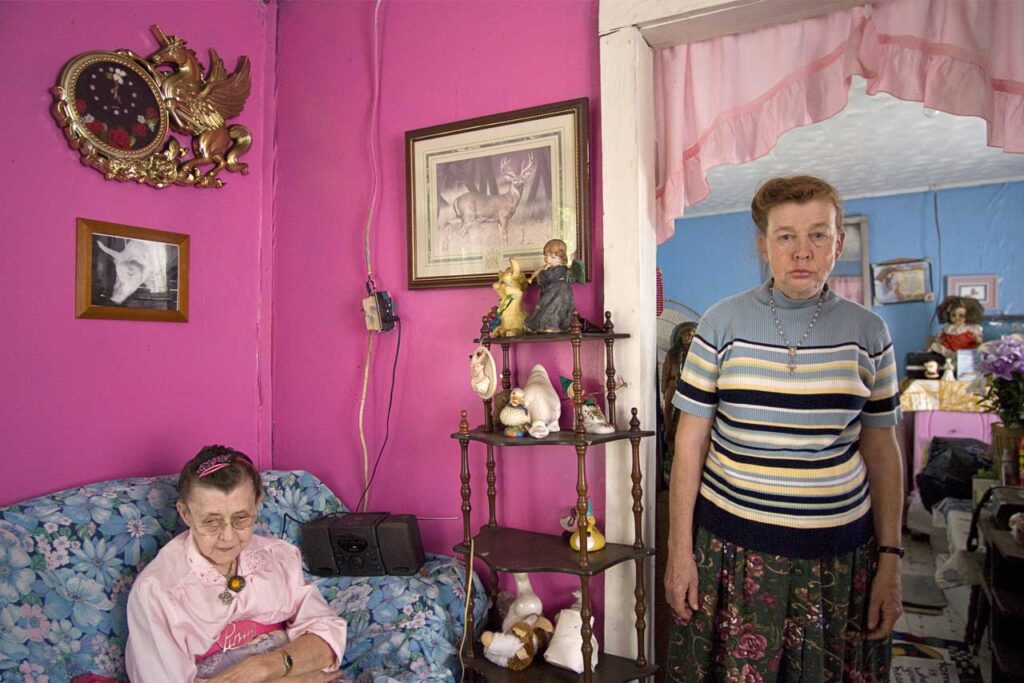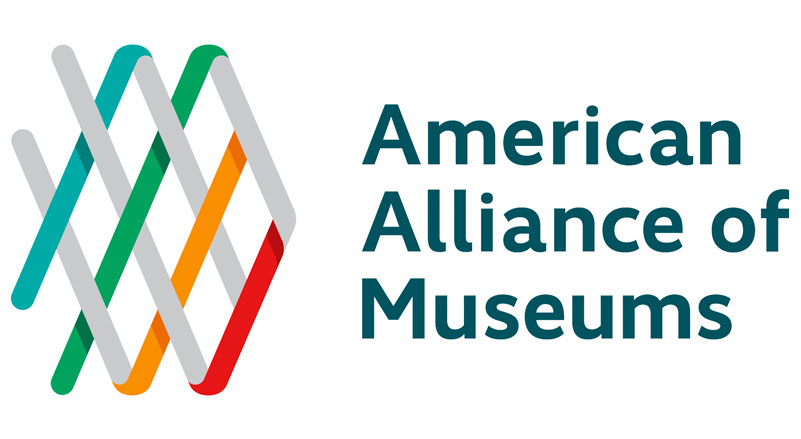Drawn from the Weatherspoon’s stellar collection, these photographs illustrate what artists have had to say about American culture from the late 19th- to the early twenty-first centuries. The period spanned by these images shows tremendous change—from civil war battles, western expansion vistas, and class and racial divisions to life in rural America today, increased economic prosperity, and hints of cultural alienation. Photographs such as the ones featured in this exhibition have shaped our ever-evolving definition of what the terms “America” and “American” mean—through the pictorial images themselves and via our interpretations of them, both at the time of their fabrication and present-day.
While Carleton Watkins’s and William Henry Jackson’s photographs were meant to impress armchair viewers with the majesty of the untamed West, Roger Minick and Robert von Sternberg’s photographs highlight the humor found in the actions of tourists who visited such landscapes. Despite the 150+ years that separate the creation of Lewis Hine’s and Leonard Freed’s images, both photographers used their cameras as tools for social reform. Berenice Abbott, Frank Paulin, Garry Winogrand, and Burk Uzzle focused on the vital interaction between three aspects of urban life: its diverse people; the places they live, work, and play; and their daily activities. Place is equally important in the photographs by William Christenberry, Stuart Klipper, and Alfred Steiglitz. Lastly, psychologically probing images by Diane Arbus, Donna Ferrato, Nikki Lee, Robert Mapplethorpe, and Francesca Woodman round out the offerings.



